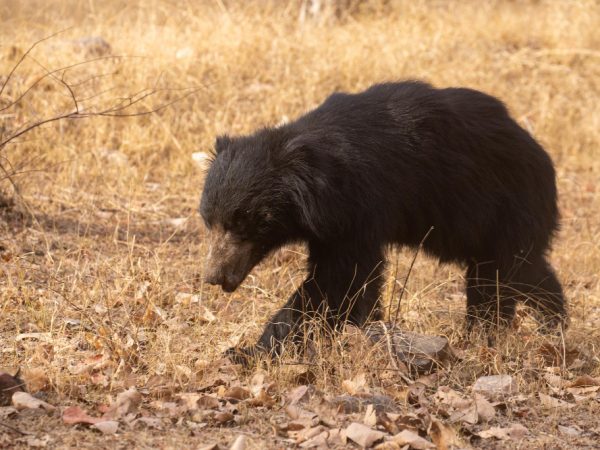What Is the Definition of Landscape Format? A Complete Guide for Creators and Professionals

In the world of design, photography, printing, and even social media, the term “landscape format” comes up frequently. But what does it actually mean?
If you’re asking, “What is the definition of landscape format?”, you’re in the right place. Whether you’re creating slides, editing photos, printing brochures, or filming videos, understanding orientation matters. This article covers the definition, history, examples, and how landscape format differs from portrait orientation.
What Is the Definition of Landscape Format?
Landscape format refers to a horizontal orientation of a page, screen, photo, or video. It’s wider than it is tall, with the longer side of the rectangle running left to right.
Definition:
Landscape format is a page or screen orientation where the width is greater than the height.
This orientation gets its name from the natural shape of landscape photography or wide scenic views — which are better suited to a horizontal frame.
Landscape Format vs. Portrait Format
| Aspect | Landscape Format | Portrait Format |
| Orientation | Horizontal | Vertical |
| Width vs. Height | Width is longer | Height is longer |
| Common Uses | Slideshows, monitors, videos | Documents, mobile photos, posters |
| Example Dimensions | 1920×1080 px | 1080×1920 px |
Common Uses of Landscape Format
Landscape format is used in many professional and creative industries. Here are some examples:
Photography
- Scenic nature shots
- Group photos
- Real estate photography
Presentations
- PowerPoint slides
- Webinar screens
Video & Film
- Most YouTube and movie formats (16:9 aspect ratio)
- Television broadcasts
Printing
- Brochures
- Banners
- Wide infographics
Social Media
- Facebook cover photos
- LinkedIn banners
- Horizontal YouTube thumbnails
Why Landscape Format Matters
Knowing when to use landscape format helps with:
- Better visual impact: Ideal for wide subjects or group compositions.
- Screen compatibility: Most screens (TVs, monitors) are landscape-oriented.
- Professional layout: Presentations and reports often look more polished in landscape.
Typical Landscape Format Dimensions
While dimensions vary, here are common landscape format ratios:
- 16:9 – Widescreen (HD video, YouTube, presentations)
- 4:3 – Traditional TV screens and early presentations
- A4 Landscape – 297mm x 210mm (when A4 paper is rotated)
Conclusion
The landscape format is all about horizontal orientation — where width exceeds height. It’s essential in design, video, photography, and presentations because it aligns better with the way we naturally see the world.
Whether you’re framing a sunset, designing a banner, or setting up a slide deck, understanding the definition of landscape format ensures your visuals make the right impact.
FAQs
1. What is the landscape format?
Landscape format is a horizontal layout where the width is longer than the height. It’s commonly used in photography, video, and presentations.
2. What’s the difference between landscape and portrait format?
Landscape is horizontal (wider than tall), while portrait is vertical (taller than wide). Each serves different visual purposes based on layout needs.
3. Where is landscape format used most commonly?
It’s widely used in slideshows, videos (like YouTube), scenic photography, banners, and widescreen monitors.
4. Can I print in landscape format?
Yes. Most printers allow users to select landscape orientation for documents, presentations, and visual materials like brochures.
5. Is landscape better than portrait format?
It depends on the context. Landscape works better for wide visuals and screens, while portrait is better for documents or mobile views.
Also read: What Is Intangible Value? Definition, Examples, and Business Impact











